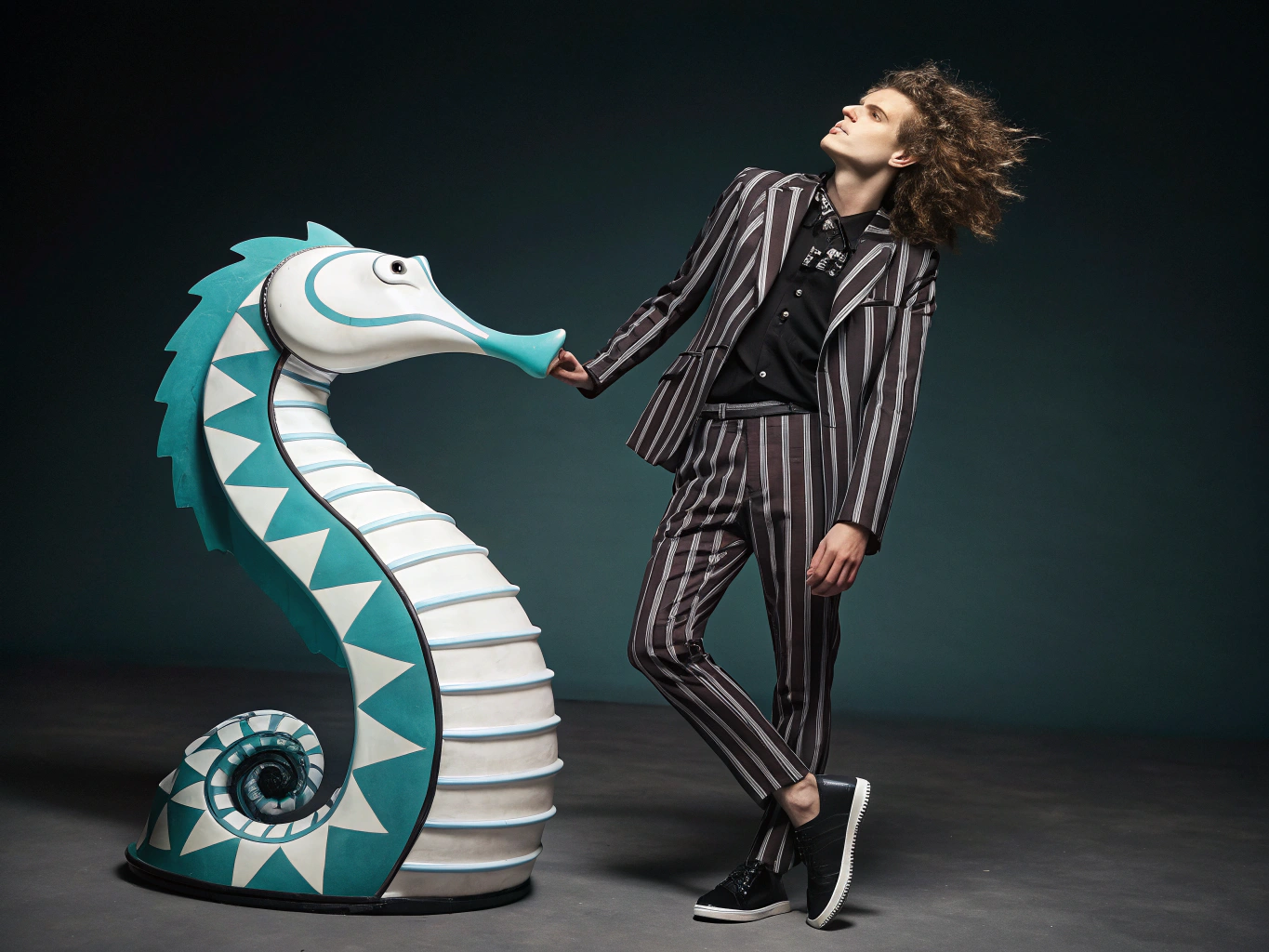Channeling the Spirit of Beetlejuice: A Halloween Costume That Transcends the Ordinary
Halloween costumes are often a quick trip to the familiar—superheroes, vampires, witches. But every so often, someone gets it right. They tap into something a little more…transgressive. Something that feels like a portal to another dimension. Enter the Beetlejuice Halloween costume. It’s not just a mask or a suit; it’s a statement, a piece of pop culture that refuses to stay silent. It’s a reminder that costumes, at their best, are about transforming not just your appearance, but your entire persona—like flipping a switch from the mundane to the bizarre.
The Power of Transformation in Costume Culture
Think about it: costumes are a form of digital avatar creation, but in real life. You decide who or what you want to embody—your favorite character, a monster, or an abstract idea. And with Beetlejuice, that transformation is particularly visceral. The character, played with a manic energy by Michael Keaton, embodies chaos, humor, and a touch of the macabre. When you wear that costume, you’re not just dressing up; you’re channeling a character who’s a little bit ghost, a little bit prankster, and a whole lot of unpredictable.
Why Beetlejuice Works as a Costume
Part of its appeal is its perfect blend of the grotesque and the comedic. The striped suit, wild hair, and ghostly pallor aren’t just costume elements—they are iconography. They instantly communicate a sense of otherworldliness, of breaking through the ordinary. It’s a costume that invites curiosity and even a bit of fear, but ultimately delights in its absurdity. In a way, it mirrors how some of the most compelling AI applications—think generative art or conversational agents—are about blending the familiar with the strange to challenge our perceptions.
Beyond the Costume: The Cultural Impact
What makes Beetlejuice enduring isn’t just its visual impact. It’s its place in a cultural landscape that values the weird, the rebellious, the unexpected. Halloween costumes like this are a form of storytelling—an act of rebellion against the predictable. They serve as a reminder that transformation is possible, that identity isn’t fixed. In the same way, AI’s current trajectory isn’t just about smarter algorithms; it’s about the potential to reimagine how we express ourselves and connect with others.
From Screen to Street: The Creative Process
Creating a Beetlejuice costume isn’t just about buying a pre-made outfit. It’s about embracing the chaos, crafting details that make the character come alive—wild hair, pale makeup, the signature striped suit. It’s a process of iteration, of experimentation, much like tuning an AI model or refining a new tech product. The more effort, the more authentic the transformation.
Practical Takeaways for Creators and Marketers
- Think beyond the surface: Whether designing a costume or a new AI feature, focus on the story you want to tell. What does your creation say about the user or audience?
- Embrace the chaos: Sometimes, the best innovations come from unplanned experiments. Be willing to iterate, to get a little wild.
- Leverage cultural icons: Iconic characters like Beetlejuice aren’t just costume ideas—they’re a shortcut to emotional resonance. Use familiar symbols to connect with your audience.
Final Thoughts: The Art of Becoming
Ultimately, costumes like Beetlejuice remind us that transformation is a core part of human expression. Whether you’re dressing up for Halloween or designing the next big AI tool, the goal is to create something that allows others to step into a different persona—whether that’s a ghostly trickster or an intuitive AI assistant. So, next time you’re brainstorming, ask yourself: How can I craft a version of myself or my product that surprises, delights, and maybe even unsettles a little?
Because in the end, it’s not just about the costume. It’s about the story you tell—and the worlds you open up for others to explore.
Checkout ProductScope AI’s Studio (and get 200 free studio credits)

